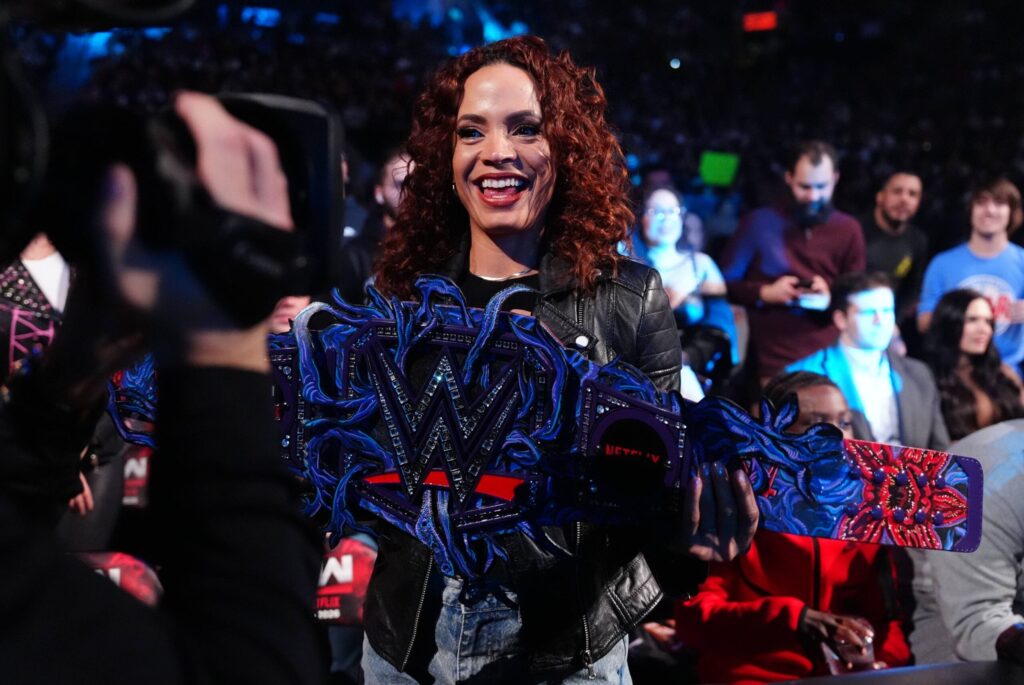With so much attention being focused these days on digital and face-to-face marketing, has specialty printing lost its relevance? Hardly, but printers are scrambling to extend their services.
“We offer integrated communication solutions. It’s not just about printing anymore,” according to one attendee at the annual meeting of the National Printing Equipment Suppliers (NPES) association, held in November 2005. “We don’t sell printing; we sell speed.”
But are marketers buying? Only 5.4% of those participating in the 2006 Industry Trends Report describe specialty printing as important to their branding arsenal, down from 6.0% the prior year.
“There’s still a healthy outlook for print,” contends Ralph Nappi, president of NPES, Reston, VA. “But there is no doubt that there is still a smaller pie for what we currently do.” The key, he says, is for printers to broaden their markets and redefine their businesses.
“The most effective printed communications are increasingly targeted and relevant to the recipient,” says Betty LaBaugh of Hudson, NH-based Presstek. “As a result, we see even shorter run lengths and tighter cycle times than ever before.”
Printers have also tried new papers, inks and equipment that boost quality and impact while reducing costs for brand clients.
“We have presses that print on paper, board, various plastics, even lenticular printing,” says Eric Frank, VP-marketing for press manufacturer KBA. “Now, stores that might have put their promotional campaigns on the Internet can take advantage of very large format print media.”
Another survival tactic has been consolidation and specialization. Last month, Essex, CT-based Structural Graphics bought Intervisual Communications, Inc., a Santa Monica, CA-based print and promotions company. Structural Graphics’ promotional clients have included McDonald’s, HBO, A&E, NBC, Nickelodeon, Volvo, Toyota, Mini Cooper, Citibank and GlaxoSmithKline.
In March 2005, the company launched Wings, a “dimensional printing” (i.e., pop-ups) division focused on serving small and mid-sized brands. Chicago-based Wings uses Structural Graphics’ resources to create customizable items through a Web site.
“The cost of traditional press runs can be a barrier to marketers in this segment,” explains Mike Maguire, president of Structural Graphics. “New technologies let us customize and even personalize pre-printed designs, greatly reducing the cost and turnaround time.”
Sometimes the packaging itself is the message. Many CPGs are using new shapes, textures and convenience features to win consumers at shelf-level.
“As the customer and consumer demand more from product packaging, manufacturers must create value-added packaging solutions that exceed expectations,” says James Brown, spokesman for the National Paperboard Packaging Council. “This includes convenience and visual appeal.” Council members are enhancing the allure of the package, making it leap off of the shelf and into the hands of consumers, he says. Embossing, debossing, foil stamping and holographs give an impression of motion as shoppers pass by, and novel designs and shapes grab attention, leading buyers to further investigate the product. New textures appeal to the sense of touch, turning an ordinary shopping trip into an interactive experience.
SNAPSHOT 2005
40% of specialty printing is outsourced by brands
Brands are spending less on print promos than in 2004



